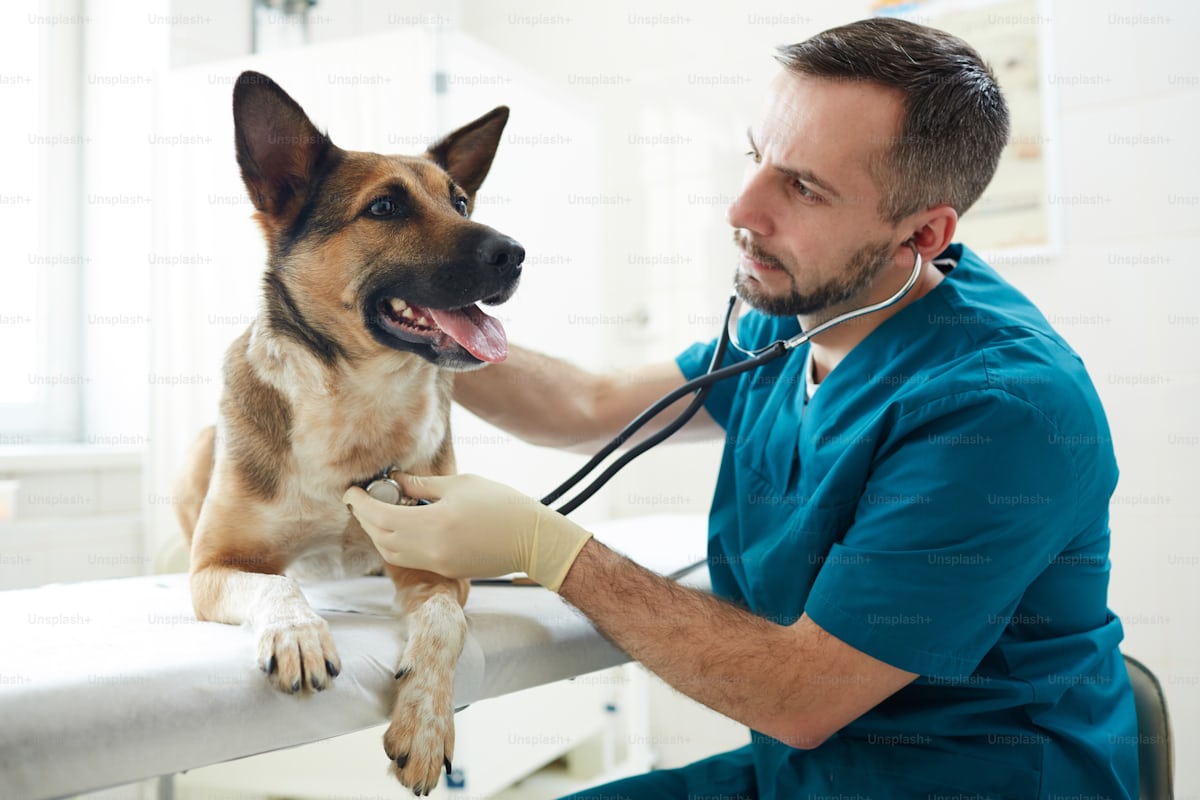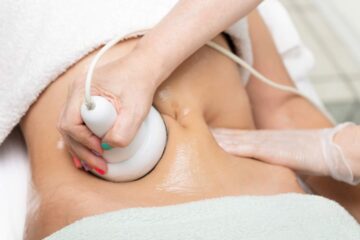Veterinary endoscopy is a revolutionary tool that enhances diagnostic capabilities and treatment options for veterinarians. With advances in technology, these instruments have become more compact, user-friendly, and effective, making them indispensable in modern veterinary practice. An endoscope allows veterinarians to view the interior of an animal’s body without invasive surgery, providing critical insights into potential health issues. This non-invasive procedure not only improves diagnostic accuracy but also minimizes discomfort for the animal, ultimately aiding in faster recovery times.
When selecting the right veterinary endoscope, there are several factors to consider that will impact your diagnostic capabilities and effectiveness. These considerations range from the specific needs of the animals you treat to the technological features that enhance visualization. For a comprehensive guide on how to make an informed decision, check out veterinary endoscopy. This post will cover seven essential factors to consider and will serve as a valuable resource for veterinarians aiming to enhance their practice’s efficacy.
1. Understand the Different Types of Endoscopes
The first step in choosing the right veterinary endoscope is understanding the various types available. Endoscopes come in various forms, including flexible, rigid, and semi-rigid designs. Flexible endoscopes are ideal for examining soft tissues and navigating through convoluted spaces like the gastrointestinal tract, making them suitable for small animals. On the other hand, rigid endoscopes are typically used for procedures requiring a clear view, such as orthopedic or surgical examinations. It’s crucial to choose an endoscope type that aligns with the types of animals you will be treating and the procedures you will be performing.
2. Evaluate the Insertion Tube Diameter
The insertion tube’s diameter is a critical specification that directly impacts the endoscope’s usability. For smaller animals, like cats and dogs, a narrower diameter allows for easier insertion and minimizes discomfort. A tube between 2.8mm and 5.5mm is typically sufficient for these patients. For larger animals such as horses and cattle, a broader tube may be required to facilitate access for examination and treatment. Always ensure the diameter allows effective visualization while minimizing trauma. Choosing the right diameter can lead to successful procedures and a more positive experience for both the veterinarian and the pet owner.
3. Check for High-Quality Imaging Capabilities
Image quality is one of the most important aspects to consider when selecting a veterinary endoscope. A high-definition camera with advanced features, such as multispectral imaging, can significantly enhance your ability to identify lesions, foreign bodies, and other abnormalities. Superior imaging technology allows for better visualization of intricate structures, facilitating accurate diagnoses. Some endoscopes come equipped with a rotatable display, which offers improved viewing angles and convenience during procedures. Investing in an endoscope with exceptional imaging capabilities will help you provide better care for your patients.
4. Look for Versatility in Applications
Versatility is another key consideration. Many modern endoscopes are designed to tackle multiple scenarios, from routine examinations to specialized procedures like foreign body retrieval or tissue sampling. A multifunctional endoscope can save costs and space by serving different purposes, allowing you to adapt to various cases. Additionally, look for models offering interchangeable accessories that further broaden your capabilities, such as retrieval baskets and forceps. This flexibility will enable your practice to handle a wider range of cases efficiently.
5. Assess Portability and Ease of Use
When considering a veterinary endoscope, its portability and ease of use are vital factors. A portable endoscope allows you to conduct examinations in various settings, including clinics, stables, or remote locations. Lightweight models with compact designs facilitate mobility without compromising functionality. Moreover, consider the user interface and how easy it is to operate the device. Features like intuitive controls and straightforward menus can minimize the learning curve and enhance efficiency during procedures. Choosing an easy-to-use model will enable staff to adapt quickly and provide consistent service.
6. Determine Your Budget
Endoscopes can vary widely in price, making it essential to set a budget that takes into account your practice’s financial situation and the features you require. While it might be tempting to choose the cheapest option, remember that investing in a higher-quality endoscope can lead to better outcomes, enhance the efficiency of your practice, and improve client satisfaction. Be sure to consider both the initial cost and potential additional expenses, such as maintenance, accessories, and warranty services. Balancing budget constraints with quality requirements will help secure the right equipment for your practice.
7. Seek Recommendations and Read Reviews
Finally, don’t underestimate the value of seeking recommendations from fellow veterinarians and reading online reviews. Other professionals can provide insights on the performance, reliability, and ease of use of different models. Online reviews and testimonials can offer a wealth of information about the long-term satisfaction and durability of the endoscope. Additionally, consider reaching out to manufacturers for demonstrations or trial periods, which can offer firsthand experience of the product before making a decision.
Frequently Asked Questions
1. What types of animals can benefit from veterinary endoscopy?
Veterinary endoscopy is beneficial for a wide range of animals, including small pets (like cats and dogs), larger livestock (such as cows and horses), and even exotic species.
2. How long does a typical endoscopic procedure take?
The duration of an endoscopic procedure can vary but generally lasts from 30 minutes to a few hours, depending on the complexity of the examination or treatment.
3. Is veterinary endoscopy safe?
Yes, when performed by a trained veterinarian, endoscopy is considered safe. It is a minimally invasive procedure that reduces risks associated with traditional surgical methods.
4. How often should a veterinary endoscope be serviced?
Routine maintenance and servicing of your endoscope are essential for ensuring functionality and safety. It is recommendable to have it serviced at least once a year, or as specified by the manufacturer.
5. Can I use an endoscope for more than just diagnostics?
Absolutely! Endoscopes can be used for both diagnostic and therapeutic purposes, such as biopsies, foreign body retrieval, and some surgical interventions.
Final Thoughts
Choosing the right veterinary endoscope is a crucial investment that can significantly enhance the quality of care you provide. By focusing on the essential factors discussed—type, diameter, imaging capabilities, versatility, portability, budget, and expert recommendations—you can make an informed decision that aligns with your practice’s needs and the welfare of your patients. As you navigate through your options, remember that a well-chosen endoscope will not only aid in delivering accurate diagnoses and effective treatments but will also strengthen the trust and satisfaction of pet owners, creating a more robust veterinary practice.



